Cinematronics Reading Between the Lines
Located in El Cajon, California, just east of San Diego, Cinematronics is a floundering PONG clone maker started by Jim Pierce in 1975 , along with Dennis Parte and Gary Garrison, with the latter two eventually selling out to ‘Papa’ Tom Stroud. They have 15 employees when they usher in new video game technology with the first vector graphics game, 1977’s Space Wars. By the spring of 1978, they have over 100.

Part PONG, part pinball, part Breakout. Flipper Ball, a riff on Atari’s PONG from Cinematronics 1976
The title of the company’s revolutionary game is a hardly subtle amalgam of the title of the current movie sensation Star Wars, and the genesis game of the whole concept, Spacewar!, It is designed by Larry Rosenthal, based on his memories of playing fellow MIT graduate Stephen Russell’s computer classic. His brief exposure to Spacewar! comes during a tour of the MIT campus as a possible freshman candidate in 1968. Later he builds his own version around a vector display, installing the game in an arcade near the Berkley campus. Differing from the current raster graphics monitors of the day, a vector graphics game draws sharp, high-contrast shapes on the screen using straight lines. Rosenthal shops the system to numerous manufacturers while demanding an unheard of 50 percent take in the game’s profits. He calls upon companies such as Atari, who blow him off with Bushnell possibly still stinging from the failure of his own Spacewar! translation, Computer Space. Hungry for a new, original game, Cinematronics snaps it up. In a move they ruefully regret later, their’s is merely a licensing agreement with Rosenthal, allowing him to retain ownership of the technology.
Following the Spacewar! motif, Rosenthal’s game has two ships (one retaining the original’s wedge shape, the other suspiciously like the starship Enterprise of Star Trek fame) facing off around a sun, each with a store of 18 missiles to fire at one another. The ships also contain 250 units of fuel with which to propel themselves around space. A nice touch of detail is the asteroid that lazily floats through the playfield occasionally; this and the provided ‘hyperspace’ button makes one wonder how many Atari employees might have played the game.
Space Wars Arcade Game with a Galaxy of Choices
The Space Wars arcade game is also unique in that it offers gamers over 250 variables in play, with adjustable options such as ship speed, ammunition level and the presence of a central star and its gravitational properties. Only the later Defender would approach Space War’s imposing bank of control keys, with which one could even adjust the boundaries of the universe itself, rendering it either as wraparound or with solid edges ships and shots bounce off of. Also featured during battles is a damage model, causing ships to exhibit reduced performance after being grazed by a shot. The huge game cabinet is big enough to allow two players to stand side by side with room to spare, but has to be weighted in the back to prevent it from falling forward and squashing them. Space Wars not only encourages head to head combat, it requires it as there is no single player option. With a refined player base vastly matured since Bushnell’s confusing Computer Space failure, Space Wars is a big hit for Cinematronics, selling 30,000 units and staying in the top 10 money earning arcade games for three years. Through my experiences playing this game at the local bowling alley, I can vouch for it…it’s a blast to play.
Larry Rosenthal Drives Away with Space Wars Tech
As management chafes at Larry Rosenthal and his sweet 50/50 split of the Space Wars profits pouring in, he is convinced by head sales rep Bill Cravens to leave Cinematronics and start his own company, placing Cravens as president of the new venture. Thus Rosenthal takes all his technology and documentation on the hardware and begets VectorBeam, basing the company in Sunnyvale, CA. The Cinematronics design labs are left barren by the departure. Rosenthal produces his own competing Space War game in 1977, with all the same features as Cinematronics’ version, but with a streamlined cabinet that doesn’t threaten to topple over and kill players, as well as some refinements in the circuitry to improve reliability. He also designs vector game Speed Freak, released by VectorBeam in 1979. While it is not the original “first-person” driving game (Night Driver, made by Atari in 1976, takes that honour), it is nonetheless an astounding production. The most realistic driving game made up to that point, Speed Freak involves wheeling a car down a winding road while trying to avoid oncoming traffic and various obstacles like hitchhikers and wayward cows at the side of the road. There is a gear shift offering four gears, and when the player collides with another car, there is a spectacular explosion of various automobile parts. Unfortunately, there are only 700-800 units produced, and Speed Freak speeds into oblivion. The steering wheel’s super-sensitive response and the rather limited graphic of the player’s car probably don’t help sales figures.
Tim Skelly, Vector Warrior
Hired by Cinematronics the year after Space Wars is released, graphic artist and computer putterer Tim Skelly arrives to find the development labs bereft of technology and documentation, all having been taken by Rosenthal when he exited the company. Working from scratch, Skelly pieces together the technology and creates some of the most interesting games in the arcades for Cinematronics, starting with Starhawk (1978), a hit game that resuscitates the company and keeps its 100 employees from the unemployment line. Some other notable entries by Skelly include Sundance (1978), Rip Off (1980), Star Castle (1980) and Armor Attack (1980). Historically significant is Skelly’s 1979 masterpiece Warrior, the first one-on-one fighting game, presaging later games such as Karate Champ and Street Fighter. Further product by Cinematronics include Tail Gunner (1979), Solar Quest (1981), and Cosmic Chasm (1983).
Video of Tim Skelly’s astounding vector fighting game Warrior in action
JUMP: Video playlist of Cinematronics vector games
One not-so-memorable game is Barrier (1978). If one plays it and is reminded of the simple LED football handheld games of the 70’s, such as Mattel’s Football or Coleco’s Electronic Quarterback, it’s not surprising. One day Cinematronics owner Jim Pierce walks in with one such LED game and requests that newcomer Rob Patton knock off the concept as his first game for the company. Mentoring him is Skelly, but despite their efforts, the end result is deemed unreleasable as a game and winds up shelved. Meanwhile, Rosenthal’s Vectorbeam company is anxious to find a product to release while development of their upcoming game Tail Gunner progresses. As a bit of a joke on their former employee, Cinematronics sells the odious Barrier to Vectorbeam for release.
After finishing the great Armor Attack, Skelly releases himself from Cinematronics, tired of the poor salary and nonexistent benefits, headhunted by coin-op maker Gremlin (later becoming SEGA/Gremlin) who offer him a royalty deal that his former employers won’t even consider. While working on color vector technology that results in games like Space Fury, a lawsuit is brought against Skelly and Gremlin by Cinematronics over infringements of their vector game patents, so Skelly decides to move into sprite-based raster graphics games. He is eventually lured to Chicago and D. Gottlieb and Co., and under a $40,000 per-game contract creates 1982’s Reactor. Aside from being unusual in play style in that gamers don’t shoot anything but merely push their opponents to their doom inside a nuclear reactor, it is also one of the first games to use a 16-bit CPU, the Intel 8088.
VectorBeam Video Game Company Back in the Fold
VectorBeam is eventually bought by Cinematronics, with Larry Rosenthal receiving a million dollar payout for his company… although he will no longer serve in any capacity with the two entities. In turn, Cinematronics gets VectorBeam’s games, as well as all rights to the Vectorbeam game technology. At the time of the purchase, it is intended to keep both companies separate with their own design and manufacturing facilities, and with Tom Stroud Jr. placed as president of VectorBeam. Moving forward, Cinematronics does hit it big with games like Armor Attack, released in June of 1981, it suffers a string of flops the next year as their vector graphics games start to show their age. Cinematronics enters Chapter 11 bankruptcy on Sept 17, 1982. It would become the longest Chapter 11 process in California history, and during that time the company would have a stupendous hit by helping to pioneer laserdisc game technology with the first such marketed game, Dragon’s Lair. The purchase of Cinematronics by game company Tradewest is finalized on March 23, 1987, under the umbrella of Leland Corporation out of Texas, with Leland Cook as chairman. They would put out Dragon’s Lair sequel Dragon’s Lair II: Time Warp in 1991. Leland in turn is purchased by WMS industries in 1994.
Many of Cinematronics’ best games find a natural home at home on the Vectrex, the one and only home vector graphics game console, released in 1982. Pioneered in Space Wars, vector graphics and its method of drawing sharp geometric shapes with straight lines becomes a hot trend in video games…and garners a devoted cult following among obsessed collectors long after they disappear from arcades. ![]()
Sources (Click to view)
Between the Lines
Making Space Wars
History of Cinematronics Inc., by Bill Paul – zonn.com/Cinematronics/history.htm
Cinematronics…. – www.cinematronics.org/
Flipper Ball. El Cajon: Cinematronics, 1976. The Arcade Flyer Archive. Dphower, 9 Mar. 2002. Web. 02 Oct. 2019. <https://flyers.arcade-museum.com/?page=flyer&db=videodb&id=2548&image=1>. Image of Flipper Ball flyer, 1976
Cinematronics Emulator – zonn.com/Cinematronics/emu.htm
“Vectorbeam Initiates ‘Space War’ Production.” Vending Times, Oct. 1978, p. 87. …the “Space War” game has the same play features as its Cinematronics predecessor, but offers a smaller cabinet plus certain state-of-the-art electronic improvements which further enhance the reliability of the unit in the field. Image of Larry Rosenthal and Dan Sunday.
Hubz, comp. “Manufacturer Yearbook.” RePlay Sept. 1990: 42. Internet Archive. 19 Nov. 2020. Web. 8 Apr. 2021. 1990 image of Leland Cook, chairman of Leland Corporation, purchasers of Cinematronics out of bankruptcy. 1990 image of Bill Cravens, former sales rep at Cinematronics
Orange County Register (Copley News Service), “Arcades Now A Sophisticated Arena Of Solid-State Components”, by Diane Clark, pg. B11, Nov. 25, 1978
SPACE WARS (Cinematronics) – lonestar.texas.net/~solarfox/spcwars.htm
Starlog, “Log Entries: The 25¢ Space Program”, pg. 16, May 1979
Rosenthal Drives Away
Space Wars Creator Larry Rosenthal Leaves Cinematronics
The Arcade Flyer Archive – flyers.arcade-museum.com/?page=home
Tim Skelly, Vector Warrior
Tim Skelly Joins Cinematronics
Tim Skelly’s History of Cinematronics and Vectorbeam – http://www.dadgum.com/giantlist/archive/cinematronics.html
JoyStik, “Innerview: Tim Skelly”, pgs. 6 – 9, Vol. 1 Num. 2, Nov. 1982
Associate-manuel-dennis. “California Clippings.” Cash Box 8 Apr. 1978: 40. Internet Archive. 26 Sept. 2016. Web. 2 Oct. 2019. <https://archive.org/details/cashbox39unse_45/page/n43>. That impression is the result of a conversation last week with company president Jim Pierce, who noted: “A lot of good things have been happening. Just seven weeks ago we had 15 employees; now we have 100.”
Image of Tim Skelly lounging on top of Reactor cabinets courtesy of Tim Skelly, photo by Mike Tappin
Image of Tim Skelly sitting in front of Reactor cabinets, and other information comes from Video Games, “Video Games Interview – Tim Skelly”, by Neil Tesser, photographs by Mike Tappin, pgs. 20 – 23, 74 – 75, Vol. 1 Num. 2, Oct 1982 Inc. Black and White images of Tim Skelly
Image of Tim Skelly, closeup from 2007 courtesy of Tim Skelly
JoyStik, “Technocracy: 16 Bit Excuse”, pg. 62, Vol. 1 Num.2, Nov. 1982
Back in the Fold
The Long Way Down for Cinematronics
The History of Cinematronics and a Description of Their Vector Games – www.slack.com/arcade/info/CineHistV2.0.txt
Associate-manuel-dennis, comp. “New Corporate Name For Cinematronics.” Cash Box 12 Sept. 1987: 33. Internet Archive. 26 Sept. 2016. Web. 28 Sept. 2019. <https://archive.org/details/cashbox51unse_10/page/32>. Cinematronics, Inc., which was purchased by Tradewest in April of this year…
Images of Cinematronics X-Y monitor and circuit board, group photo outside El Cajon factory, front cover of company flyer and staged arcade games from the 1981 Cinematronics company flyer, accessed from The Arcade Flyer Archive
EmuMovies. “Vectrex 3D Box Pack.” EmuMovies. N.p., 25 Oct. 2016. Web. 23 Aug. 2020. Images of boxes for the Vectrex versions of Space Wars and Rip Off
Unannotated, Uncategorized or I Just Can’t Damn Remember!
GameArchive – www.gamearchive.com
Annapolis Capital, “Cityscape – Attacking the invaders from space is infectious”, by Ben Smith, pg. 33, Nov. 11, 1981
Thanks to Tim Skelly for his additional information for this article

















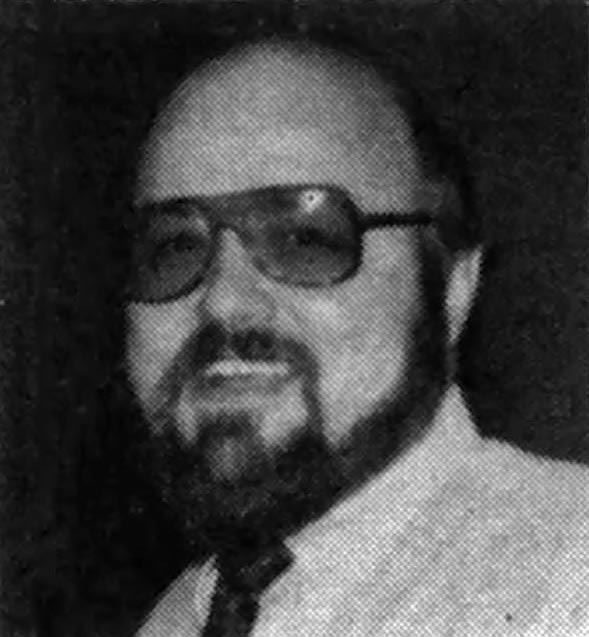

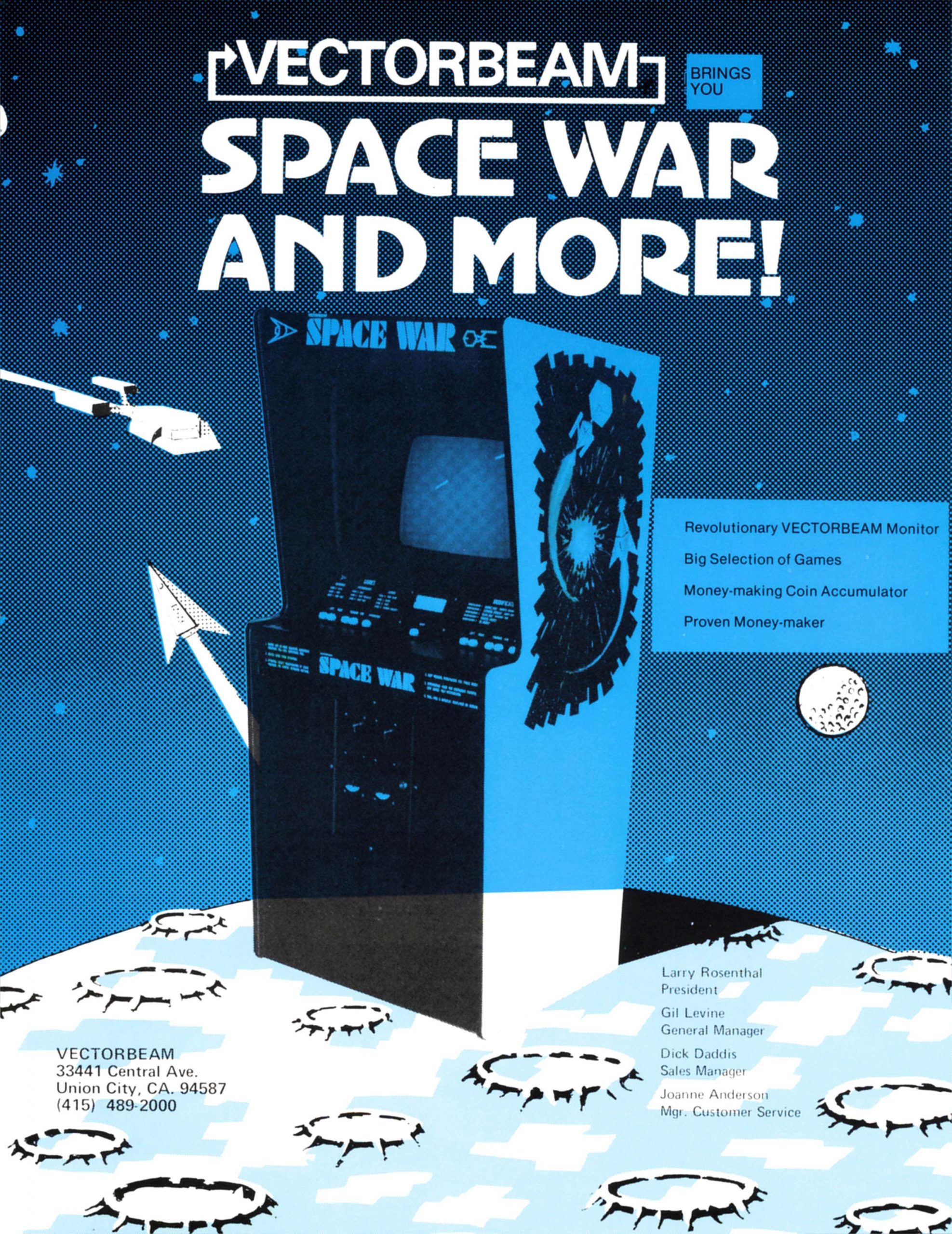


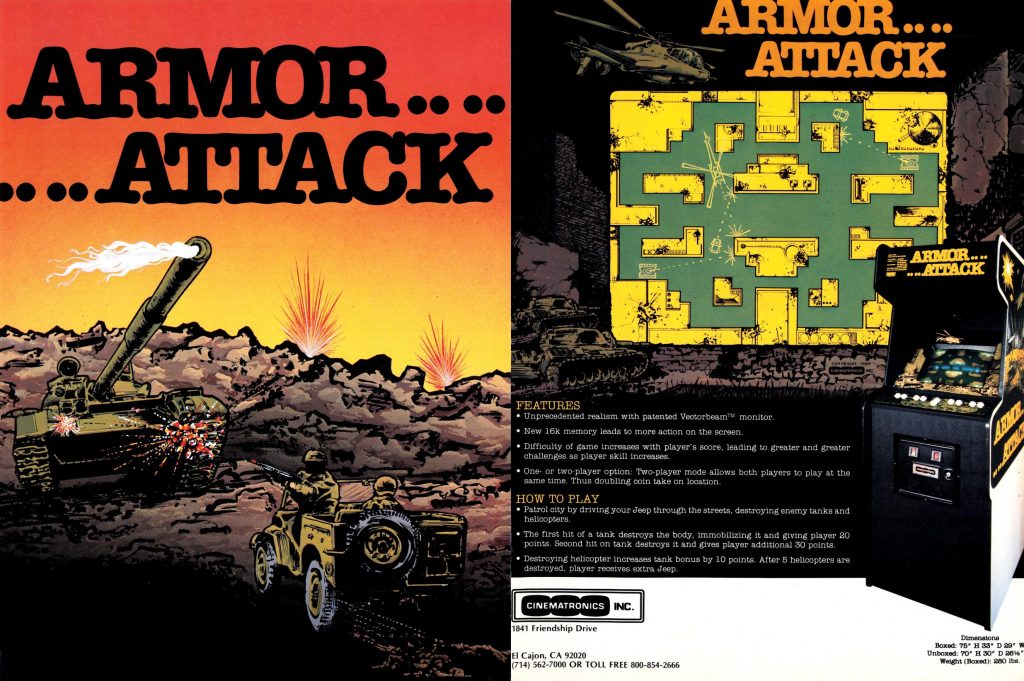





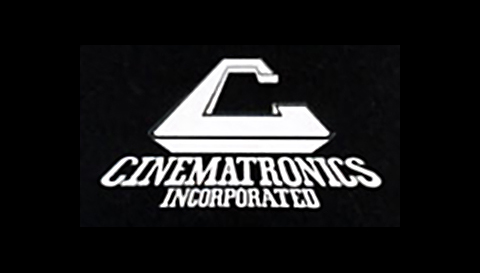


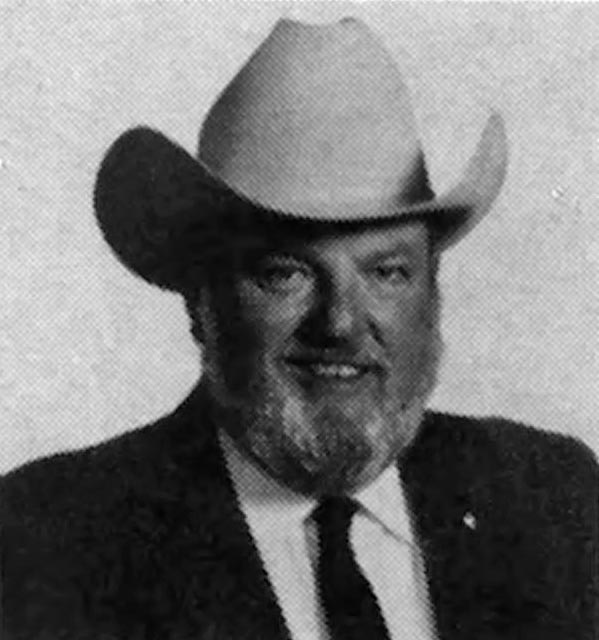





loved the article. played space wars.
Thanks for the kind words. Space Wars was great, I’d beg my friends to play it with me, and I blew through a lot of quarters changing all the different parameters of the game.